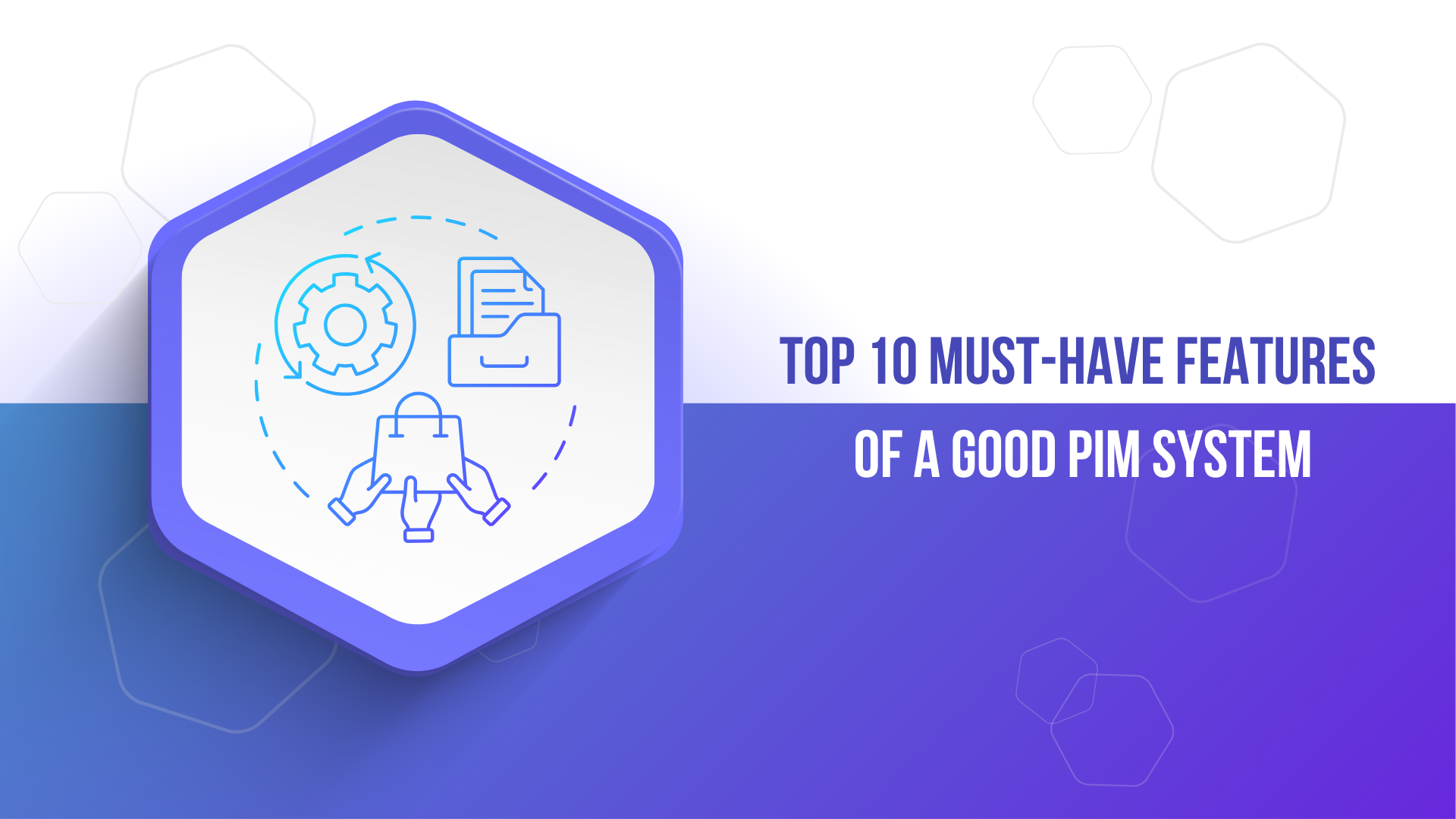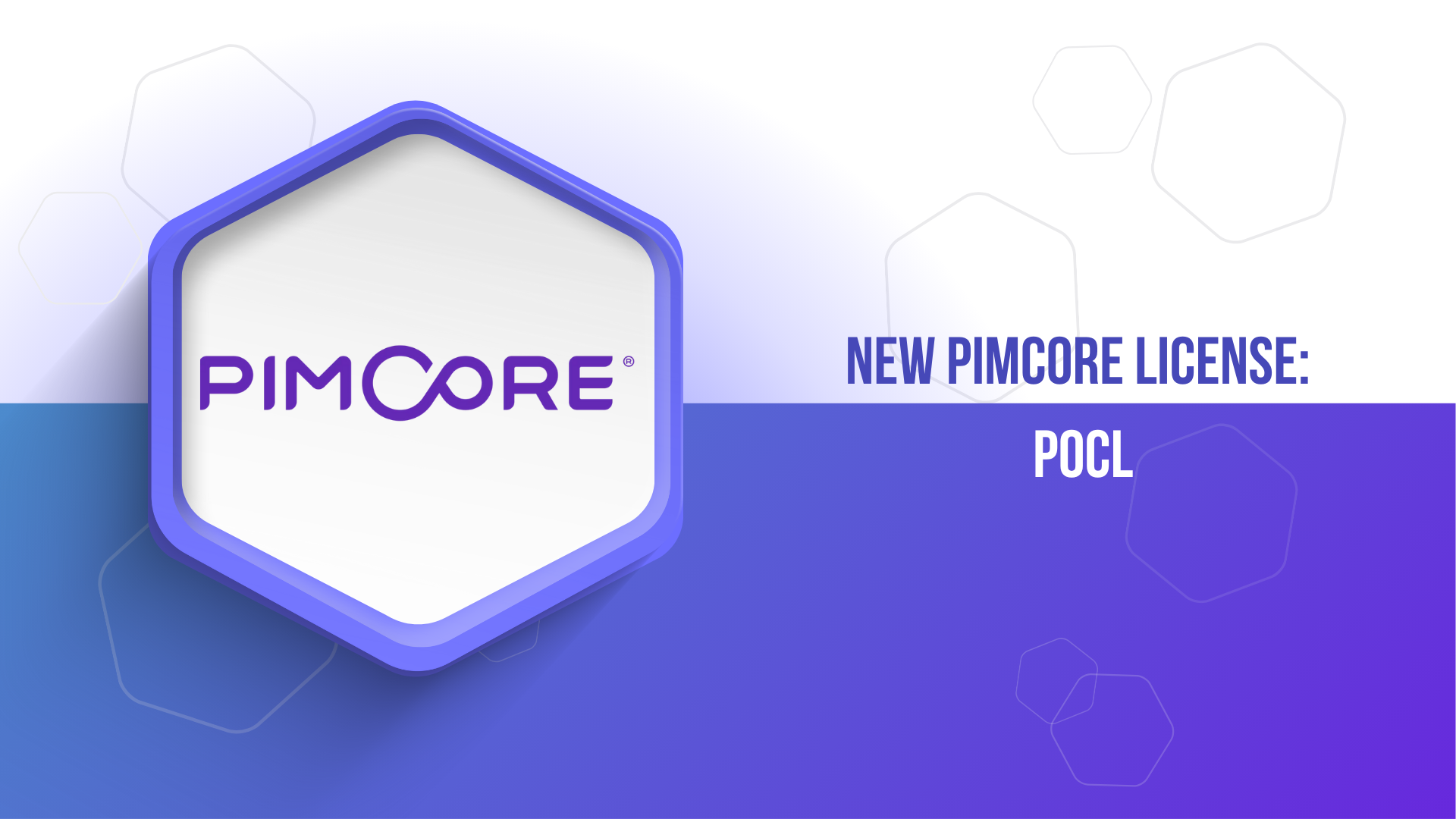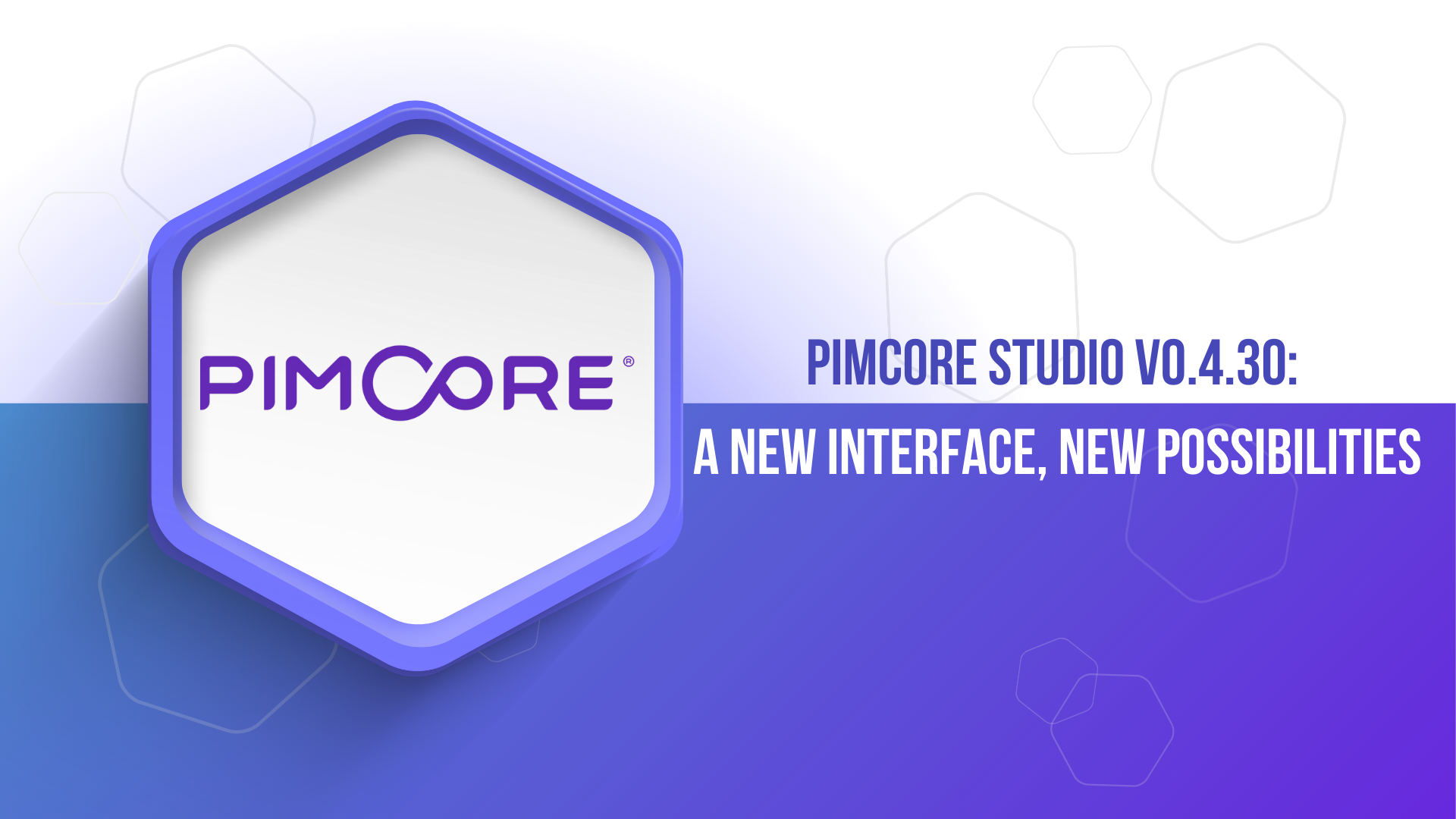Top 10 Must-Have Features of a Good PIM System
Discover the top 10 must-have features of a modern PIM system. Learn how Product Information Management tools like Akeneo and Pimcore can help you streamline product data, boost efficiency, and improve customer experience.

In the world of e-commerce and omnichannel sales, product data quality is key. Customers expect consistent, rich, and always up-to-date information—regardless of where they discover your product. That’s why more and more companies are turning to PIM systems—tools designed for centralised product information management.
What is PIM?
PIM (Product Information Management) is a system that enables efficient handling of all product-related information within an organisation. Simply put, a PIM system centralises and structures product data so that every department and sales channel uses the same, always up-to-date information. A good PIM ensures consistency, completeness, and high-quality data across all customer touchpoints.
PIM systems—such as PIMCore or Akeneo—support product catalogue management, allow integration of data from multiple sources, and enable distribution to various sales channels. It’s a solution that helps companies manage product data effectively, regardless of scale.
Top 10 Features Every Modern PIM System Should Offer
1. Central Data Repository
A robust PIM system provides a single source of truth for all product information. Technical specs, marketing content, logistics data—all stored in one easily accessible location. This ensures every team works with consistent, standardised data.
2. Omnichannel Support
Modern PIM systems streamline product data distribution across all sales channels—e-commerce, marketplaces, mobile apps, or even print catalogues. Content is tailored to each channel automatically and error-free.
3. Multilingual Catalogue Management
PIM tools support multilingual content for different markets. Localised translations, currencies, measurement units—it can all be configured without compromising the integrity of the global product catalogue.
4. Automated Data Quality Control
Smart validation tools flag missing attributes, incorrect formats, or inconsistencies between values—helping to eliminate errors before they reach your customers.
5. Flexible Product Data Structure
Every product catalogue is unique. A good PIM allows full customisation of data structures: categories, variants, attribute sets, product relationships—tailored to your business model.
6. Product Lifecycle Management
From product launch to phase-out, a PIM manages data throughout the entire lifecycle. This enables better planning of updates, promotions, and market releases.
7. Integration with External Systems
PIM solutions should integrate seamlessly with ERP, CMS, DAM, CRM, and analytics platforms. APIs, pre-built connectors, and automation capabilities are essential for scalable operations.
8. Multimedia Asset Management
Images, videos, manuals, animations—all product-related media should be easy to manage, tag, and assign to specific variants. A good PIM offers lightweight DAM features built in.
9. Workflow & Permissions Management
Large teams need structured collaboration. Tools like PIMCore and Akeneo offer advanced workflows, version control, and user roles—ensuring smooth cooperation between departments and external partners.
10. Reporting & Analytics
Ultimately, it’s all about data. A good PIM system provides insight into data quality, completeness, and distribution performance—helping you identify what’s working and where improvements are needed.
Final Thoughts
If your company is looking for a better way to manage product data, now is the perfect time to consider implementing a PIM system. Tools like PIMCore or Akeneo not only help you regain control over scattered information but also improve customer experience and speed up your time-to-market.
A properly implemented PIM system gives you more control, better collaboration, and the flexibility every modern organisation needs.
Need help implementing a PIM system in your business?
We do this every day. Contact us—we’ll help you choose the right solution for your specific needs.





